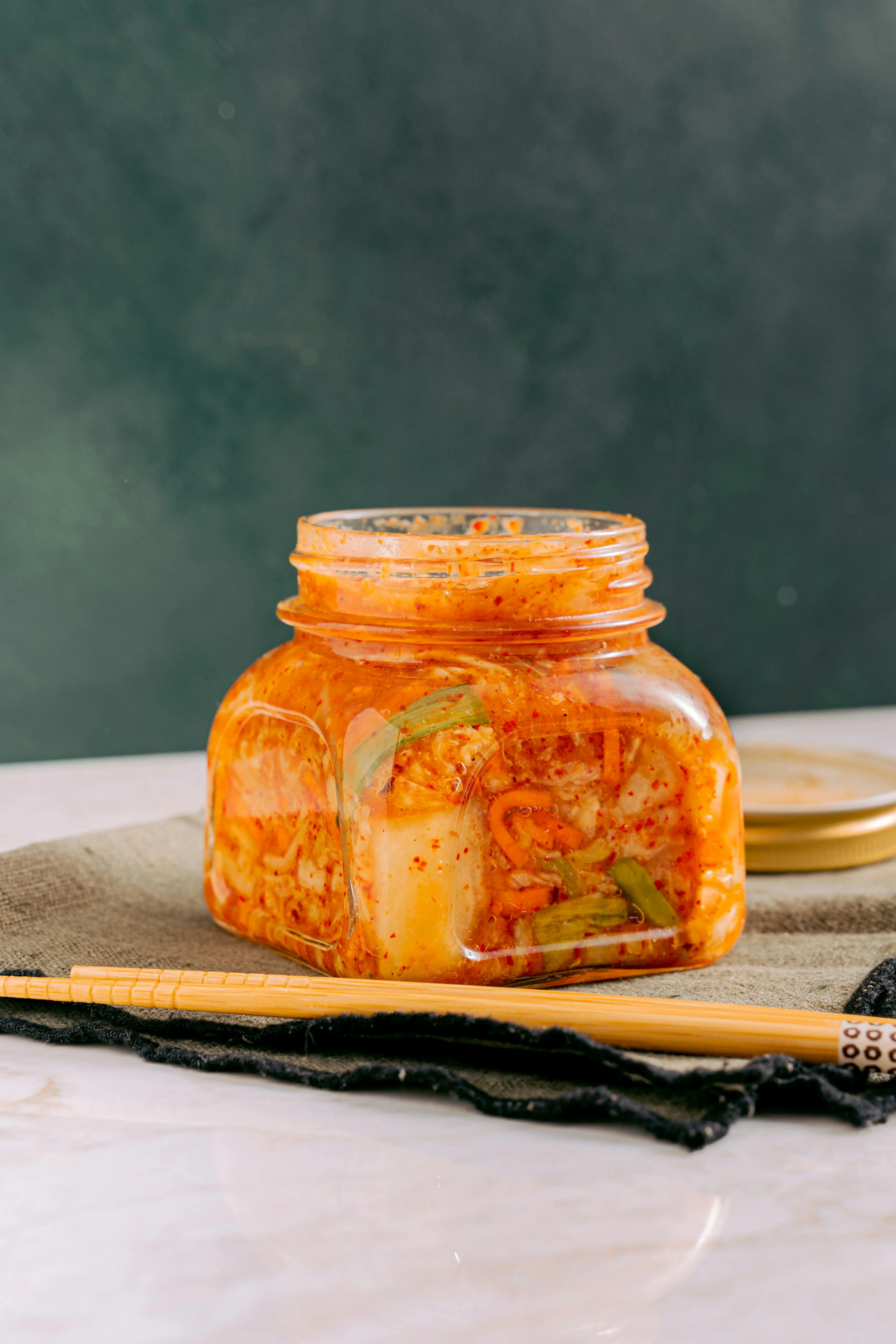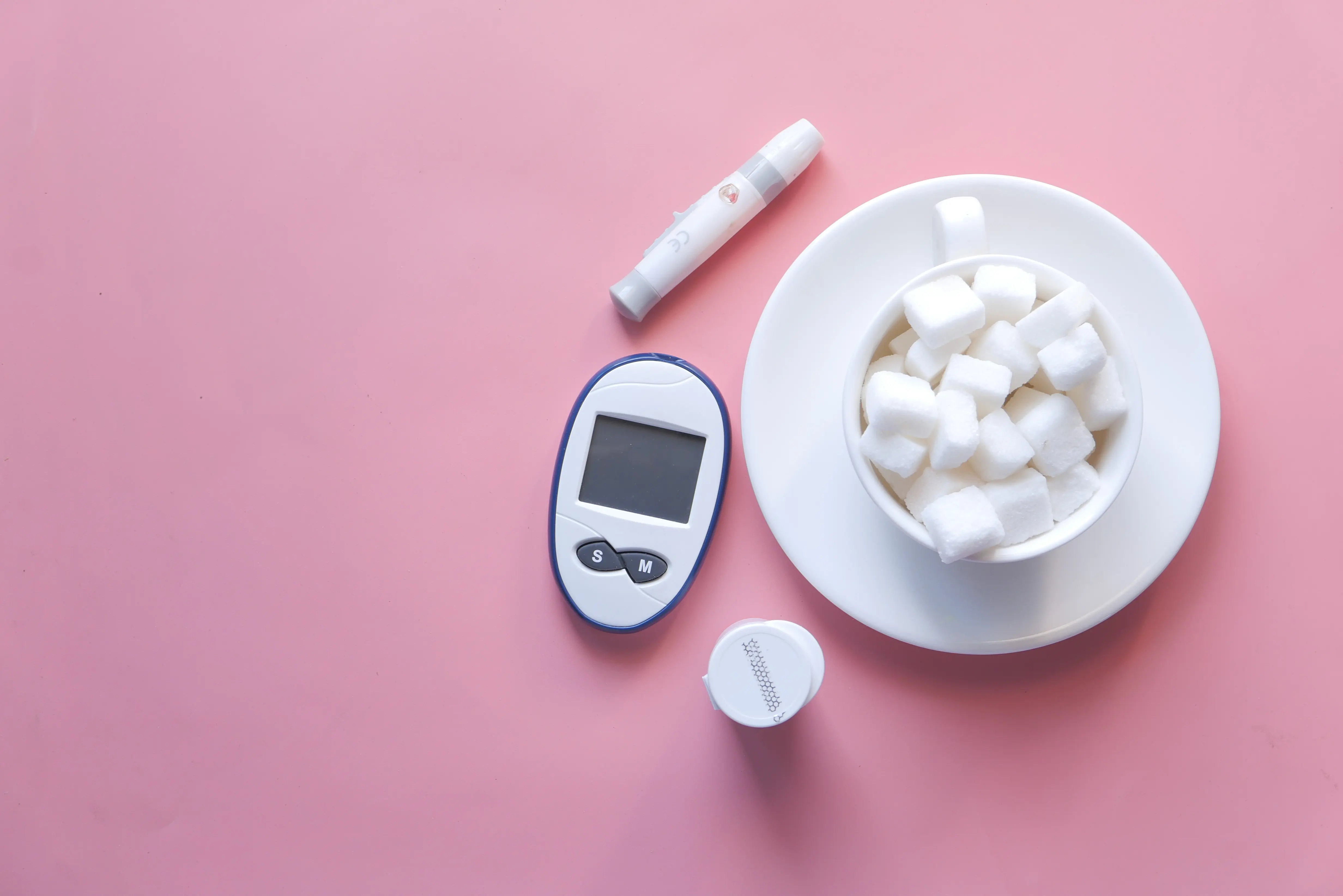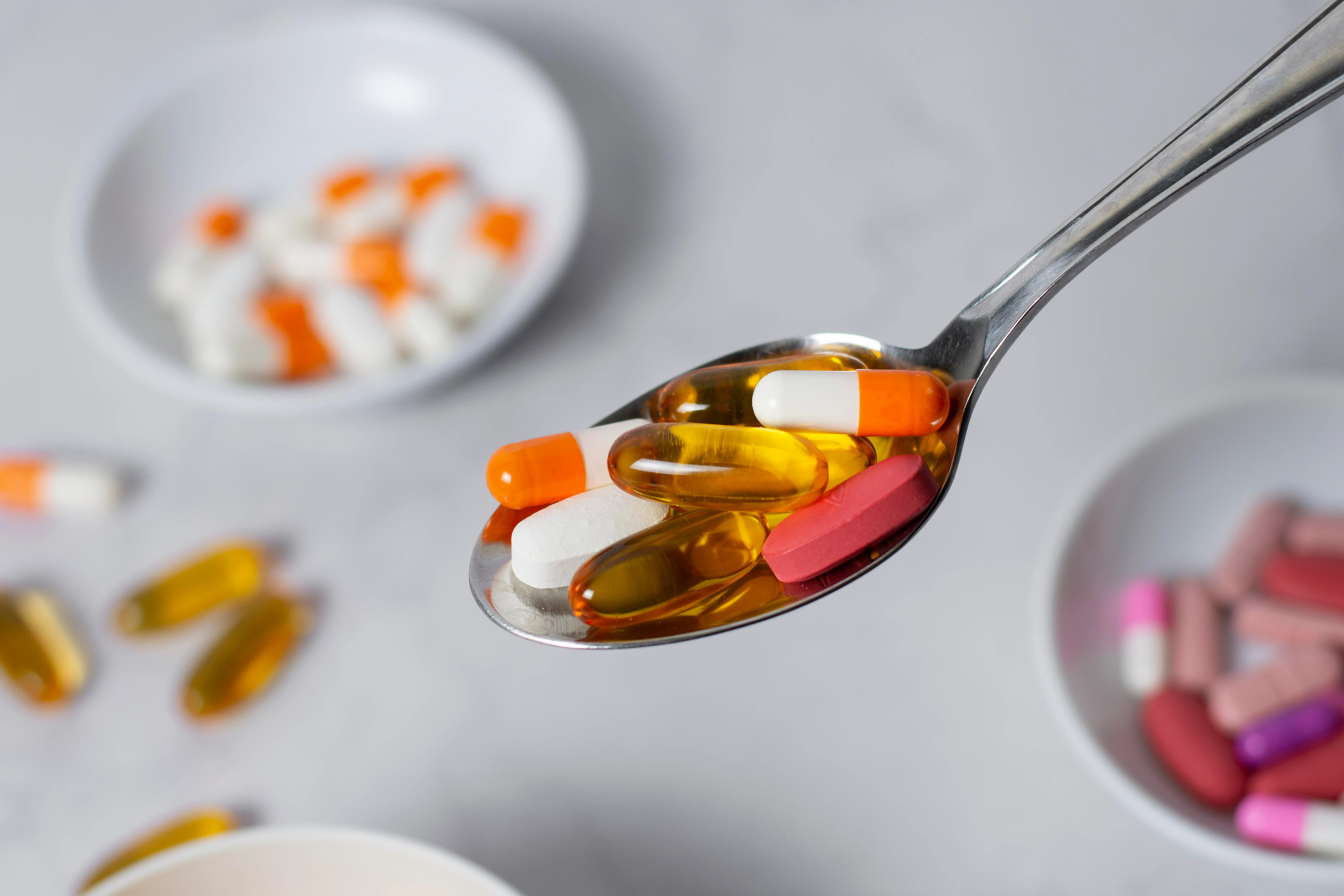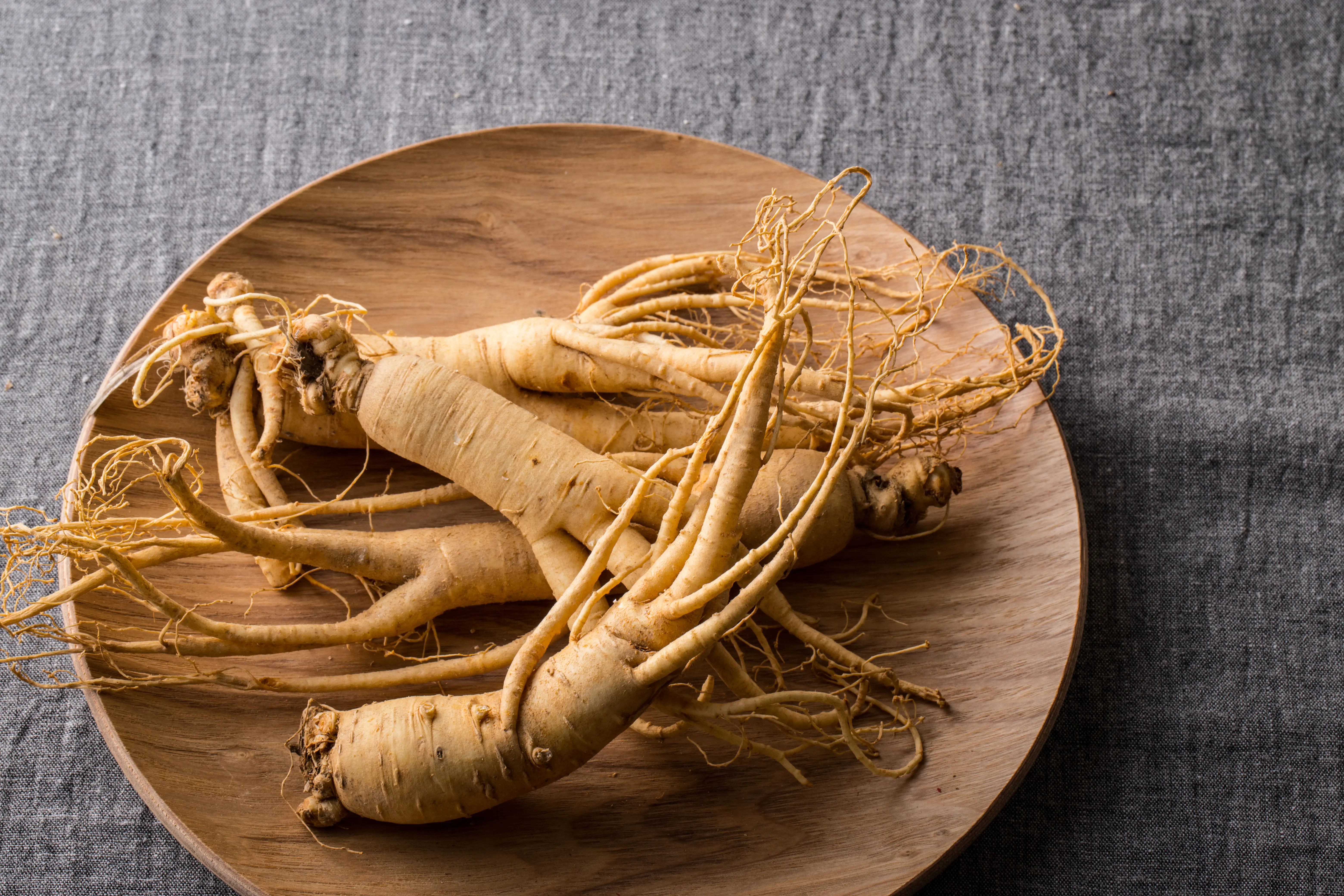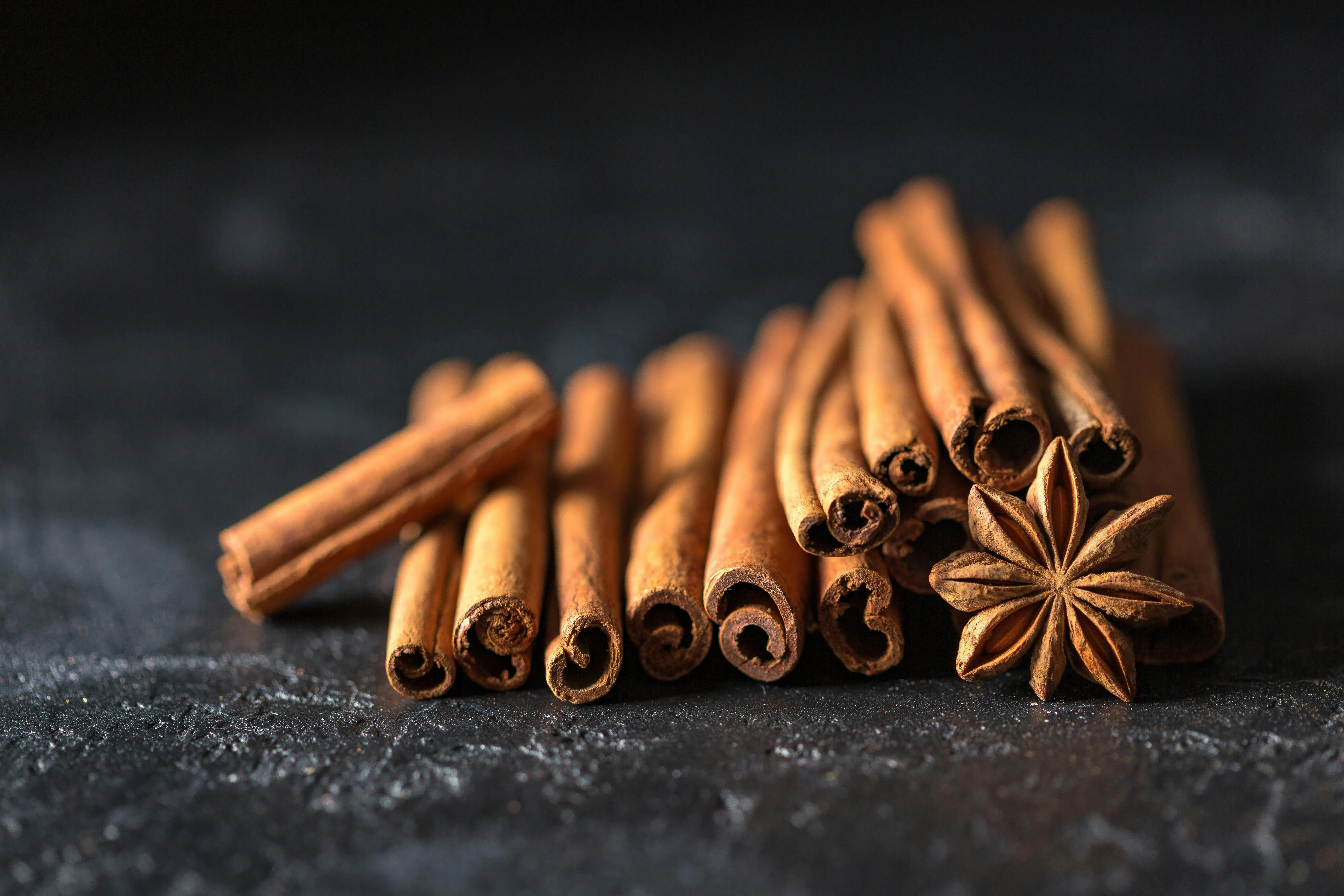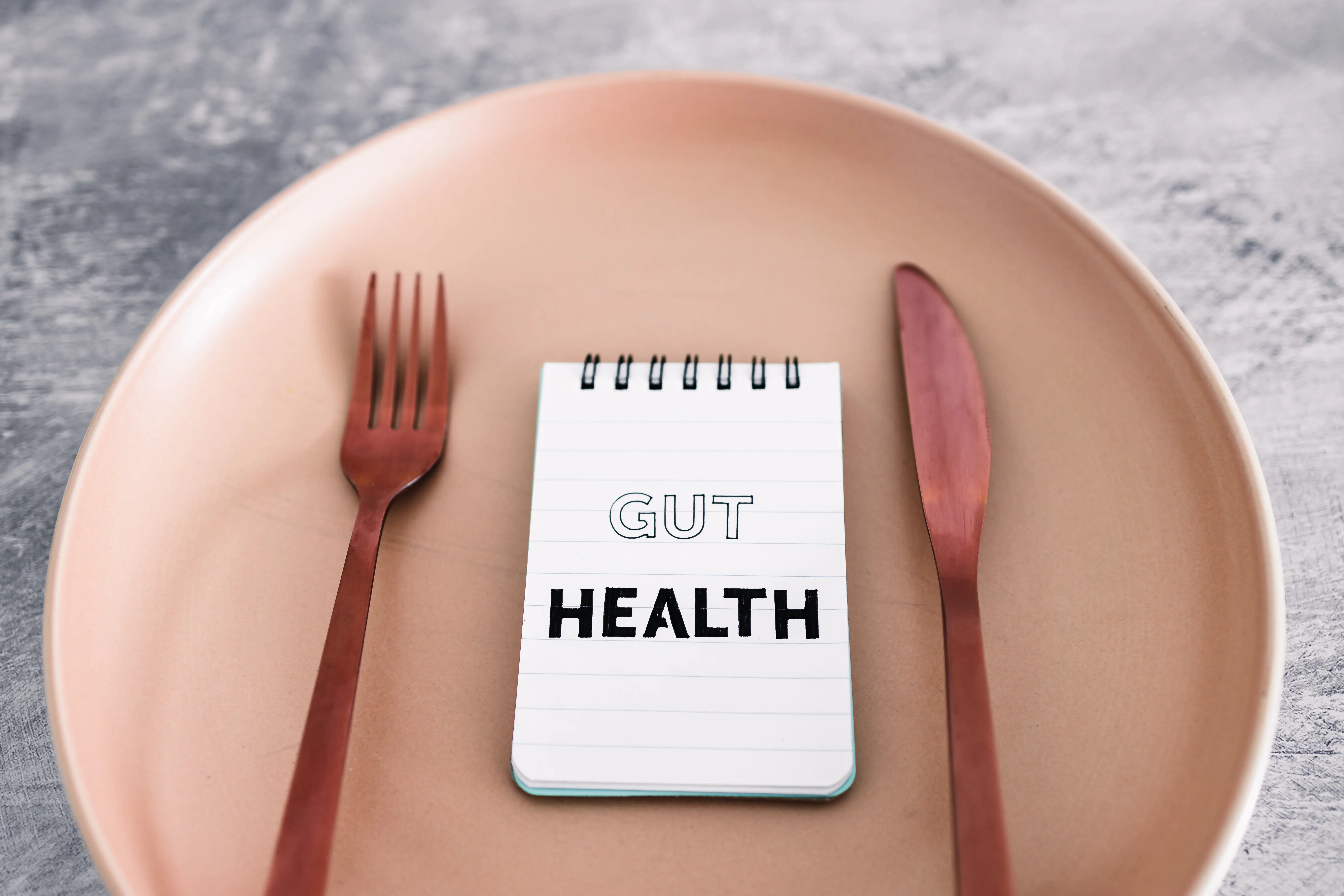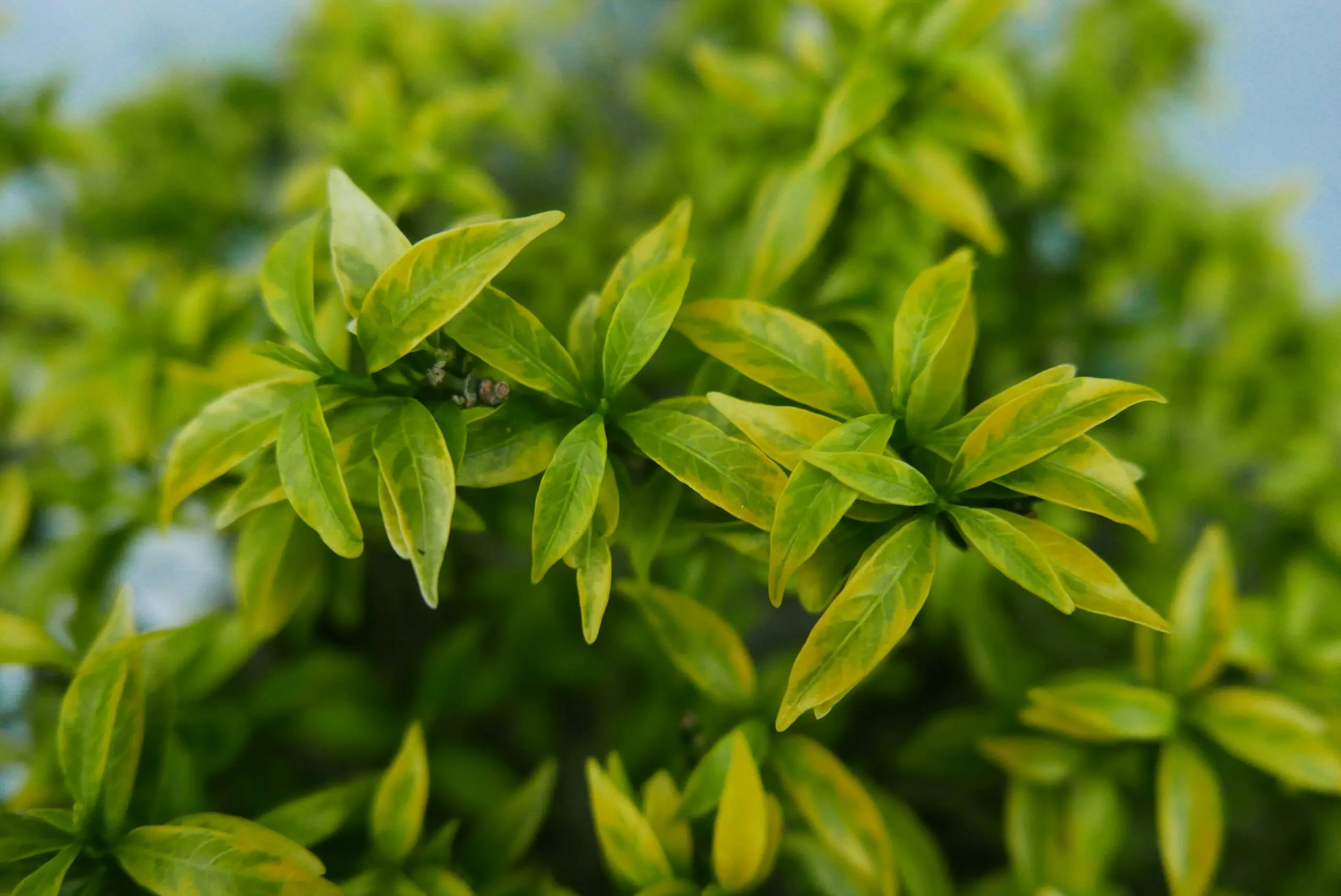What is Kimchi? An Introduction to Korea's National Dish
Kimchi is much more than just a vegetable dish – it is a cultural phenomenon. The traditional fermented vegetable, made mainly from napa cabbage, radish, chili, garlic, ginger, salt, and fish sauce, polarizes taste buds worldwide. While some are delighted by its intense, spicy-sour aroma, others avoid the characteristic fermentation aroma.
In Korea, however, kimchi is undoubtedly the national dish and has been prepared in countless regional variations for over 2000 years. No Korean meal is complete without kimchi – it is an integral part of every meal and deeply rooted in Korean culture.
Kimchi Nutritional Values and Health Benefits: Why the Superfood is So Healthy
Probiotics: The Key to Gut Health
The most important health benefit of kimchi lies in its high content of probiotics. Natural fermentation produces millions of lactic acid bacteria, which, as living microorganisms, positively influence the intestinal flora. These probiotics:
- Sustainably improve digestion
- Effectively strengthen the immune system
- Promote the absorption of nutrients
- Reduce inflammation in the body
- Support mental health through the gut-brain axis
A study from the University of Leipzig demonstrated how lactic acid bacteria communicate with the immune system: they activate specific cell receptors (HCA3), thereby strengthening the body's defenses.
Nutrient profile: Vitamins and minerals in kimchi
Kimchi is a true nutritional wonder with impressive values:
Vitamins per 100g of kimchi:
- Vitamin C: 25-30mg (over 30% of the daily requirement)
- Vitamin B1 (Thiamin): 0,03mg
- Vitamin B2 (Riboflavin): 0,05mg
Minerals and trace elements:
- Calcium: 35-45mg
- Iron: 0.8-1.2mg
- Potassium: 200-250mg
- Magnesium: 15-20mg
- Sodium: 600-800mg
Other important ingredients:
